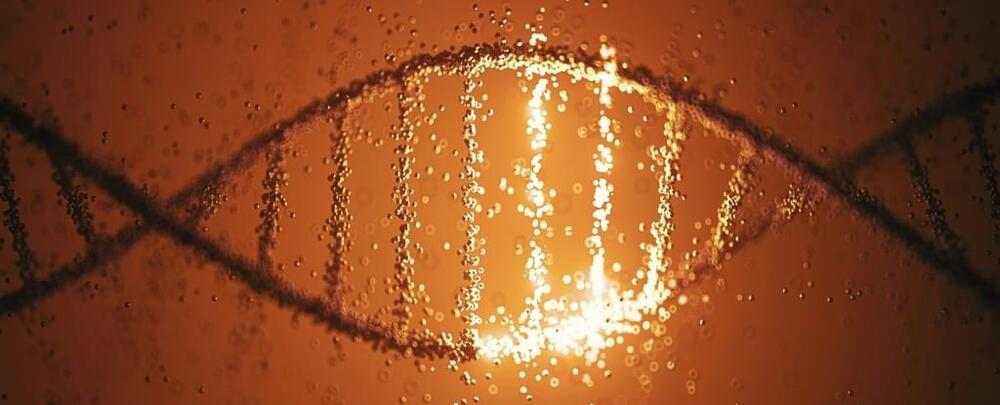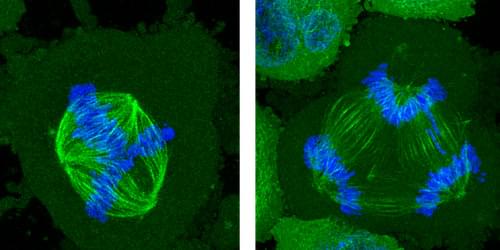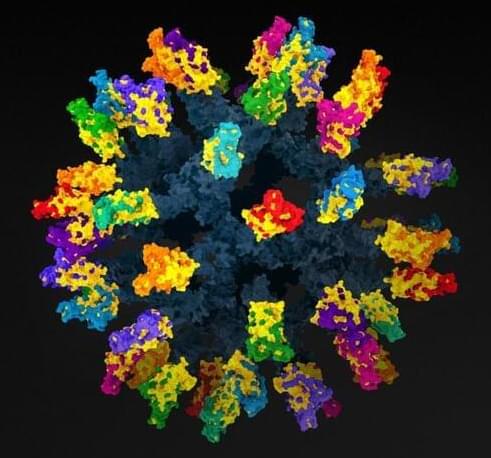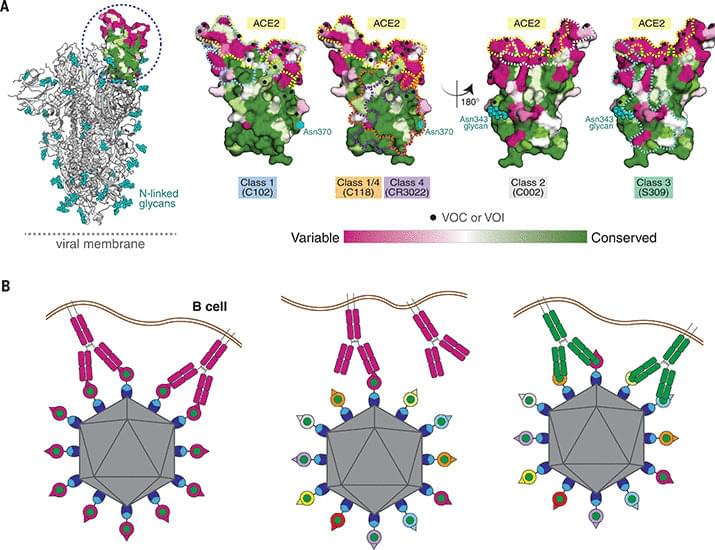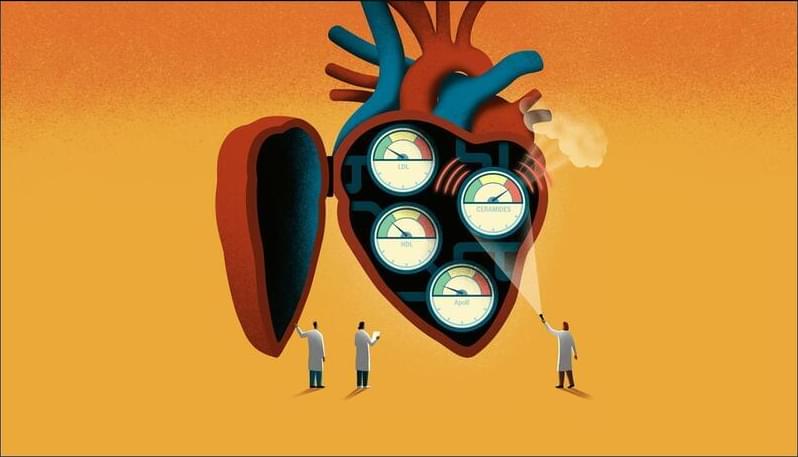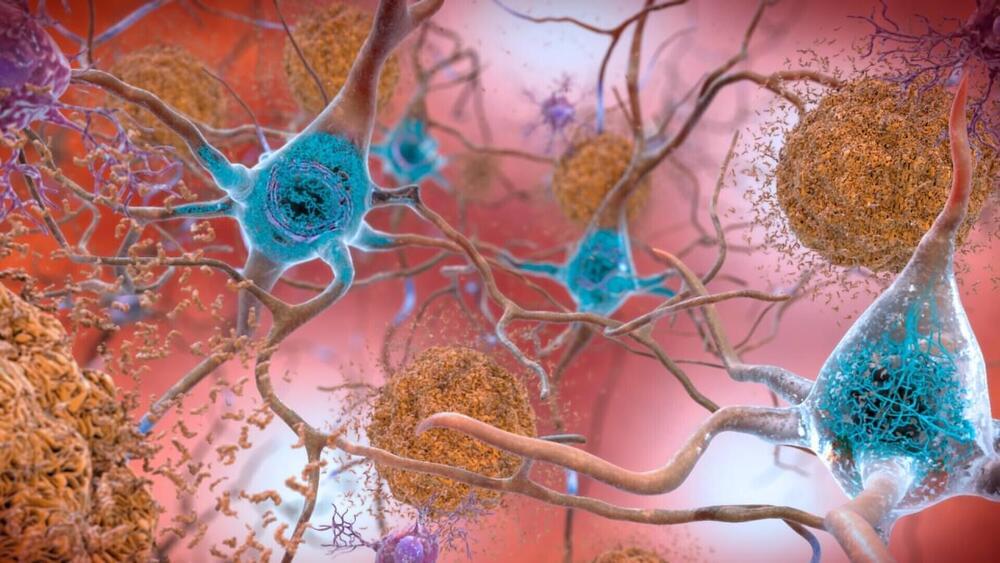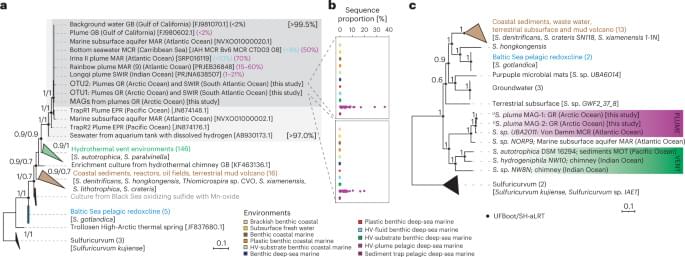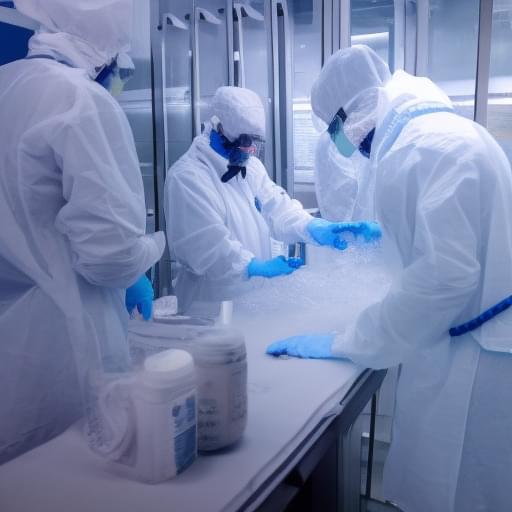Mar 18, 2023
Scientists Identify New Schizophrenia Risk Genes in First-of-Its-Kind Study
Posted by Saúl Morales Rodriguéz in categories: biotech/medical, neuroscience
Two newly discovered genes have been linked to schizophrenia while a previously known gene associated with schizophrenia risk has also been linked to autism in a massive new study.
Scientists say the findings increase our understanding of brain diseases and could lead to new treatment targets.
Continue reading “Scientists Identify New Schizophrenia Risk Genes in First-of-Its-Kind Study” »
